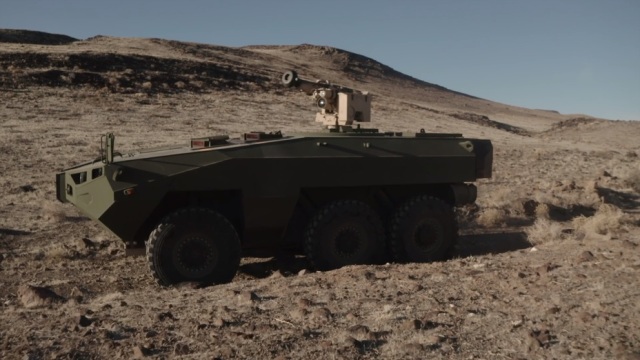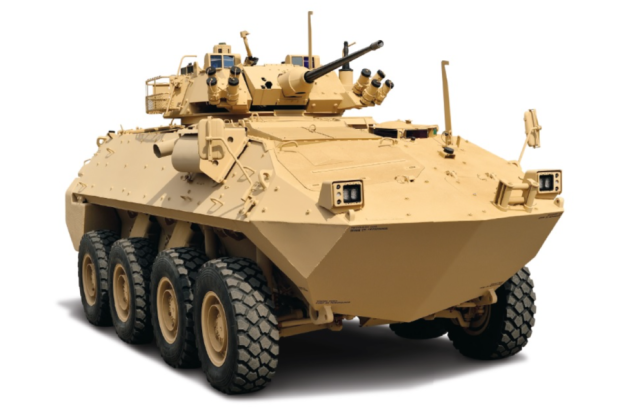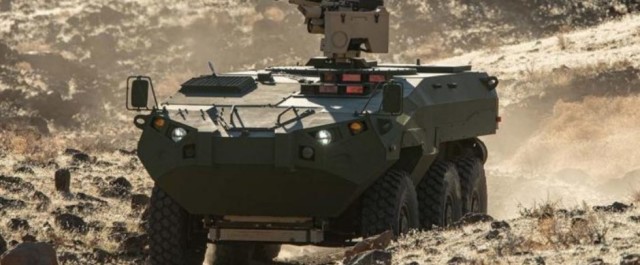The US Marine Corps is approaching the final of the Advanced reconnaissance vehicle (advanced reconnaissance vehicle) or ARV program. Yesterday, July 19, the portal armyrecognition.com he reported that contracts for the creation of prototypes of combat vehicles have been signed with Textron and General Dynamics companies.
As part of the signed contracts, Textron Systems and General Dynamics Land Systems will provide an unnamed number of prototypes for a full test cycle to the USMC by the beginning of 2023. It is planned that testing of the new vehicles will take six months, and by the end of 2023, a contract for the serial production of new armored personnel carriers will be signed with the winner of the tender.

Cottonmouth by Textron Systems
Image source: armyrecognition.com
"ARV C4/UAS will use an effective combination of intelligence, surveillance, target detection and C4 systems for identification and communication. These systems will allow ARV to serve as the center of a manned / unmanned team and provide a new generation of multi-domain mobile intelligence capabilities, " the press service of the USMC reported.

LAV-II from General Dynamics Land Systems
Image source: armyrecognition.com
Earlier it was reported that the USMC signed a contract with the corporation Science Applications International (SAIC) for the development of an advanced reconnaissance and combat vehicle. Then it was reported that the key tasks of the ARV are the collection and transmission of intelligence from the battlefield, while the vehicle will have to carry a medium-caliber cannon, be equipped with ATGMs and kamikaze drones, have means to combat air targets, be equipped with an active protection system and transport troops.
The USMC indicated that SAIC is one of the contractors under the ARV program. The task of this corporation is to create a combat vehicle, the technologies of which will be significantly ahead of all modern developments in vetronics (vehicle electronics). On the battlefield, the car should become something like an F-35 for the US Air Force. It is not reported whether the prototype from SAIC will participate in the final selection.

